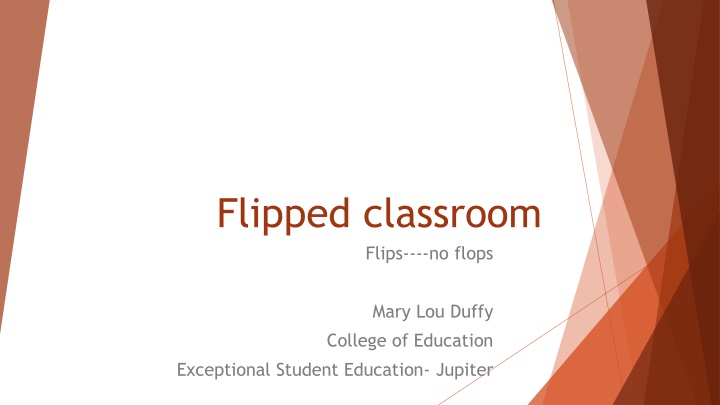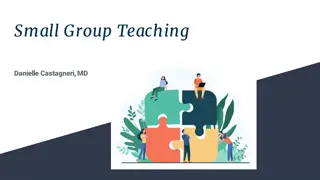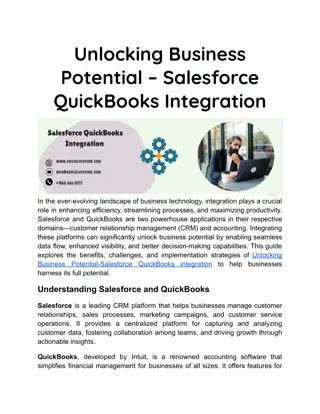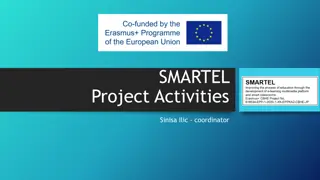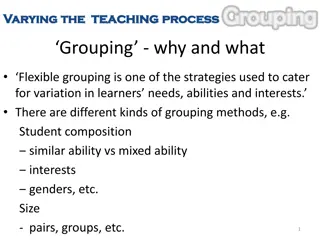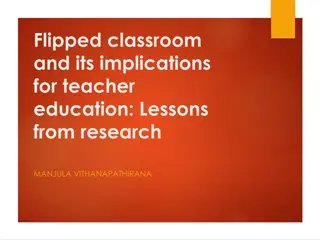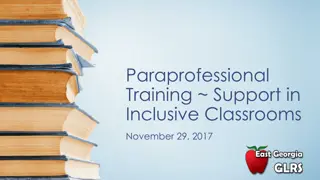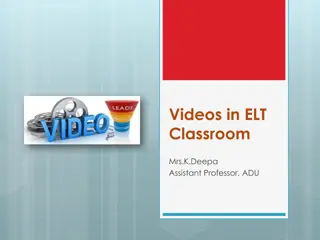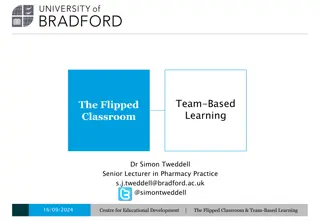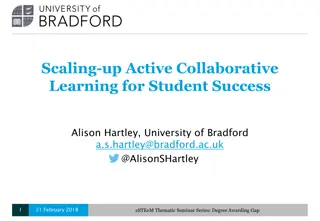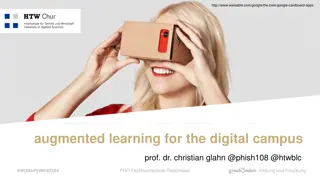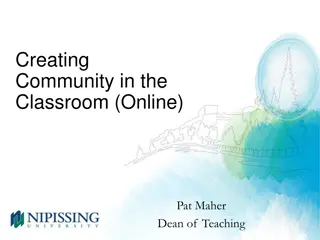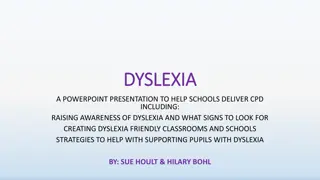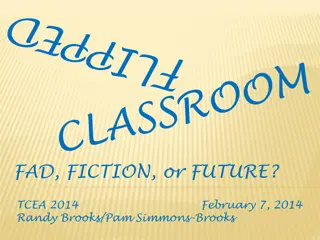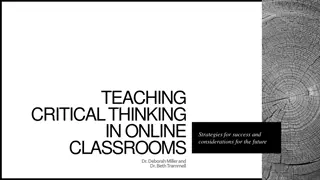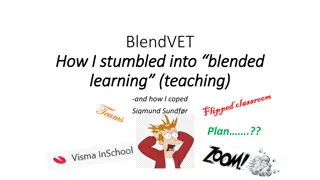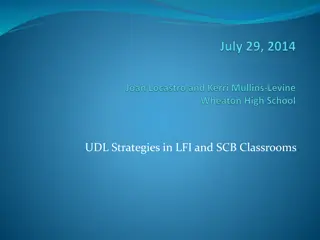Unlocking the Potential of Flipped Classrooms: Strategies and Benefits
Explore the concept of flipped classrooms, a buzzword in higher education, where traditional teaching methods are reversed to enhance learning outcomes. Discover the benefits of shifting responsibility for learning to students, promoting active participation, and increasing interaction between teachers and students. Dive into the basis for flipped classrooms, backed by the science of pedagogy and learning. Learn when and how to flip effectively, identifying topics suited for flipping and engaging students through innovative approaches.
Download Presentation

Please find below an Image/Link to download the presentation.
The content on the website is provided AS IS for your information and personal use only. It may not be sold, licensed, or shared on other websites without obtaining consent from the author.If you encounter any issues during the download, it is possible that the publisher has removed the file from their server.
You are allowed to download the files provided on this website for personal or commercial use, subject to the condition that they are used lawfully. All files are the property of their respective owners.
The content on the website is provided AS IS for your information and personal use only. It may not be sold, licensed, or shared on other websites without obtaining consent from the author.
E N D
Presentation Transcript
Flipped classroom Flips----no flops Mary Lou Duffy College of Education Exceptional Student Education- Jupiter
What is does flipping mean? Buzz word in Higher Education Reversing what happens in and out of the classroom Watch videos/podcasts of lectures outside of class Do problem solving homework activities inside of class
What does it really mean? Shifting of the responsibility for learning from the instructor to the students Encourages active participation Increasing interaction between teachers and students around content learning
Basis for Flipped classrooms Science of pedagogy and learning Foundation in factual knowledge Grasp of context Organizing info for retrieval Metacognitive skills for monitoring How People Learn (Bransford, Brown & Cocking, 2004)
When I flip Before classListen to a pod Watch videos During classTake a quick & lecture After classComplete an cast Read chapters View recorded lecture and PP quiz via Collaborate Work on a case related to the reading activity or assignment to show individual understanding I do We do You do
Some topics are better than others for flipping 3 general categories for flipping
When to FLIP Looking at the semester s topics. When do the students seem to have the most difficulty? Spending more time on the tough stuff Giving think time
When to FLIP Look for the fundamentals If it is essential to the course; to the discipline Does it deserve more time?
When to FLIP Are you/they bored Switch it up; ROAD TRIP! They do, not you do
Other ways to FLIP Create a syllabus scavenger hunt Group note taking Begin class with a case based discussion from the readings. Give guiding questions with the chapter assignments Go beyond the typical resources for info Community interviews (crowd sourcing) Internet trends
This too is flipping Keep in mind, the goal is engagement; not grading Read a chapter and assign short quizzes to be taken right before class begins Have students donate 2 questions on the chapter they want to see on the next quiz/test when they come to class.
Tools for Flipping Jing 5 minute tutorials or mini lectures Screencast-o-matic 15 min videos upload to YouTube channel through FAU Google Apps Echo360 Blackboard Collaborate recorded sessions Audacity podcasting Narrated PowerPoints iPad/iPhone movies Google Apps (Docs, Sites)
If you are interested in continuing the conversation mduffy@fau.edu
